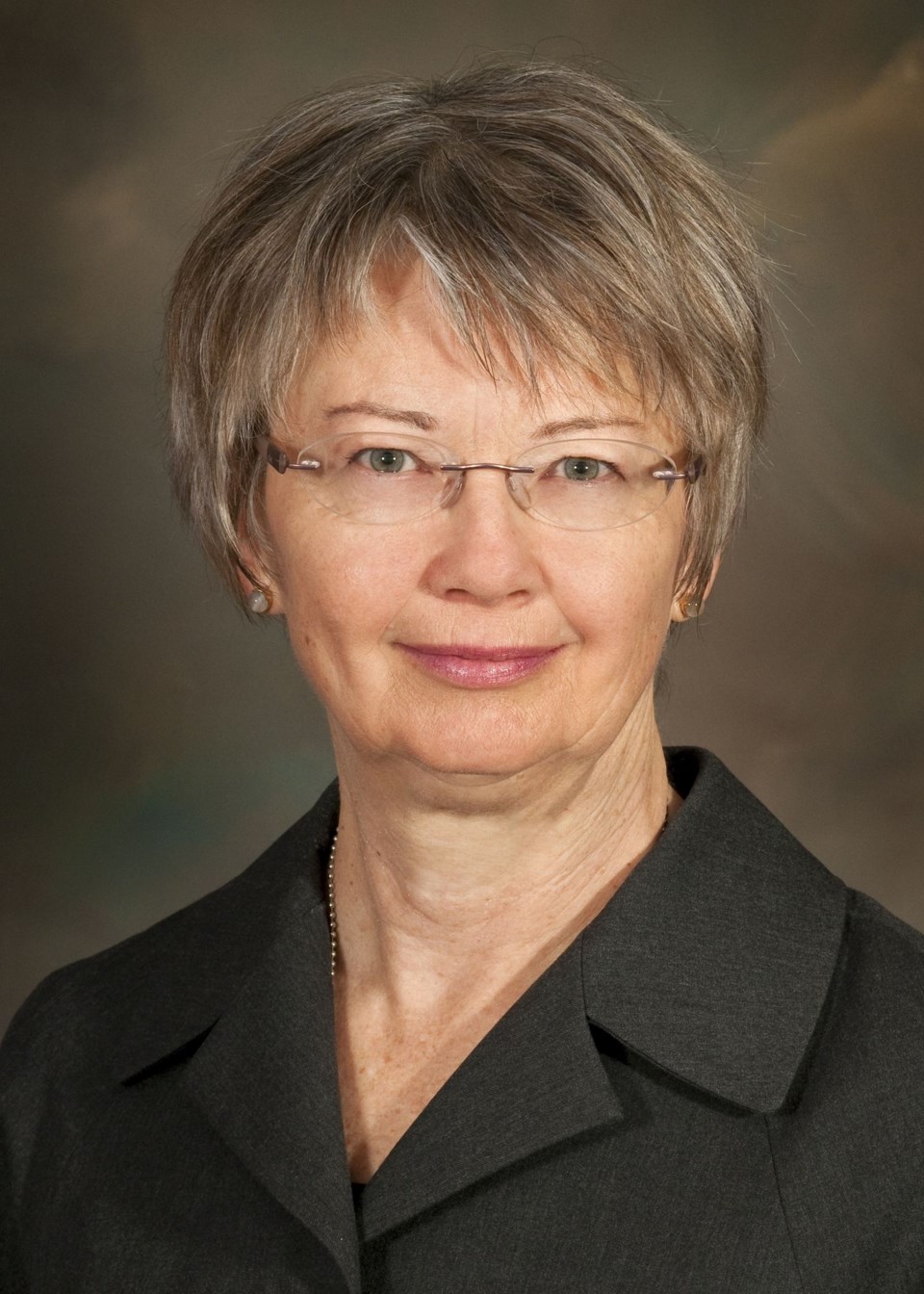Medical science has worked wonders in prolonging the lives of children who develop cancer.
For kids who get the disease, it's not nearly as deadly as it once was.
In the 1950s, only about 15 per cent of cancer patients lived at least five years after they were diagnosed. Now, more than 80 per cent are five-year survivors. But with that longer lease on life comes the sinister cost of complications years down the road, which are only starting to be revealed through the findings of cancer research scientists.
"While they're receiving their chemotherapy, radiotherapy and surgery their bodies are still developing, so the toxic effects of the treatment are that much more because they are still growing while receiving treatment," said Mary McBride, a scientist at the B.C. Cancer Agency research centre in Vancouver
McBride spoke to a cross-section of representatives from the medical community Wednesday afternoon at a symposium at UNBC. For the past 10 years, McBride has been leading a team focused on childhood cancer, trying to identify who is most at risk, the health problems they face in later life, and what treatments might trigger those risk factors. Her studies are also developing new guidelines to monitor the progress of young cancer patients once they leave the cancer care health system.
An estimated two-thirds of childhood cancer survivors will experience some undesirable consequence of the disease and its treatment in later years and about 40 per cent of that group will develop health conditions serious enough to require ongoing medical care or hospitalization. The good news is childhood cancer is still relatively rare. Patients 25 years and younger account for only about two per cent of all cancer cases.
"For kids, we've identified specific treatments such as radiation to the chest or head, or particular chemotherapy drugs that have significant impact later on that can be very serious. These effects are mainly driven by the treatments and the age at which the treatments were given," she said.
For example, researchers have found chemotherapy can damage the heart of young patient sseriously enough to eventually cause death. By the time a young girl who received radiation therapy for treatment of leukemia back in the 1980s reaches her 25th birthday, she has a similar risk of getting breast cancer as a woman in her 40s who has never had cancer.
While the side effects of cancer treatments that show up later in life can be severe, McBride said there's no doubt that in most cases the benefits far outweigh the risks.
"We have to always remember the treatments we're providing are the ones that are curing these individuals, and they're lifesaving," said McBride. "One other area of research going on is find if there are alternative treatments that have the same success rate in curing cancer but fewer of these late complications."
Prince George is becoming a centre for cancer research, based at UNBC and the hospital facilities at UHNBC. The B.C. Cancer Agency Centre for the North now under construction is not expected to open until December but the hospital has already attracted a talented field of oncologists, surgeons, nurses, medical imaging specialists and research scientists.
"Having a new cancer centre in the North will allow the community to become more connected to the support systems that are available through cancer centres and that will provide additional support for survivors as well as those being treated," McBride said.



